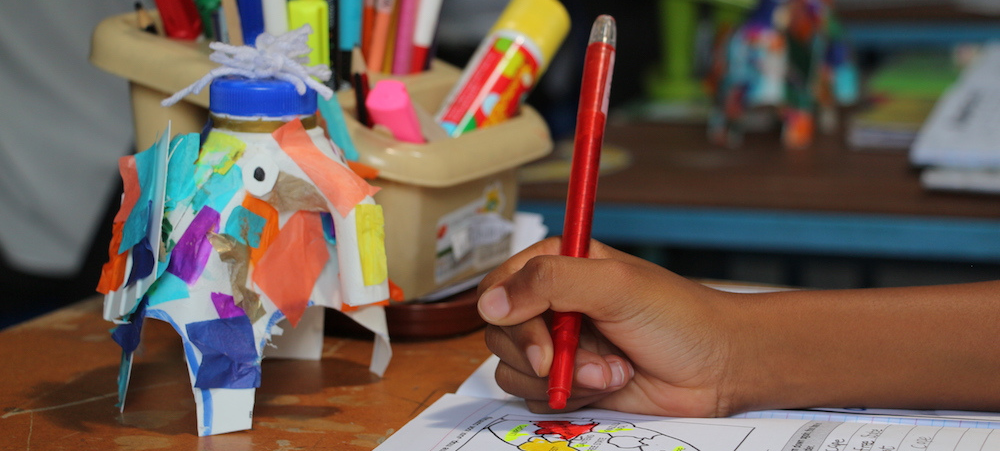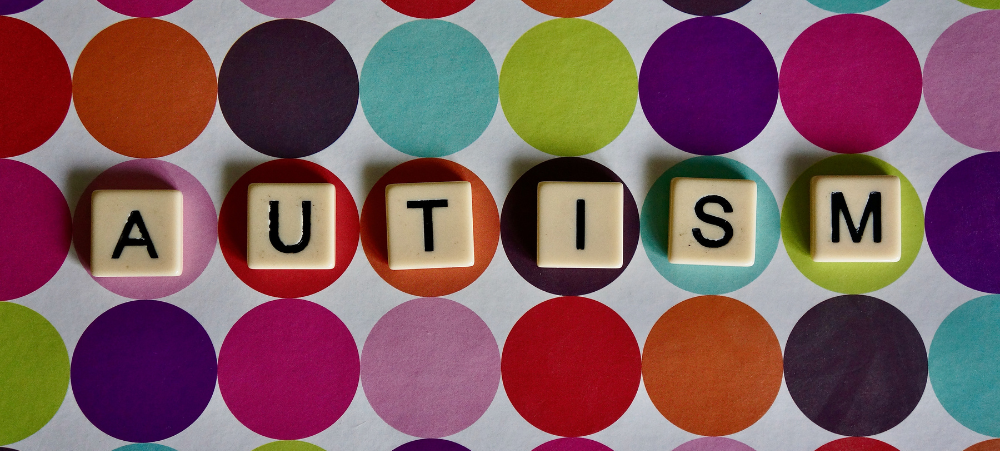
The Role of Parents in the Education of Special Needs Children and Fostering a Collaborative Approach
In the realm of special needs education, the dynamic interplay between parents and educators has assumed a paramount role, giving rise to a collaborative approach that is instrumental in the comprehensive development of special needs children. This article delves into the multifaceted dimensions of this collaboration, shedding light on its significance and the evolving landscape of special education. The Significance of Collaborative Education Collaborative education, within the context of special needs, is an intricate dance between parental involvement, educational strategies, and therapeutic interventions. It transcends the conventional boundaries of academic instruction, encompassing a holistic approach that addresses the diverse needs of each child. The Evolving Landscape of Special Needs Education Historically, the role of parents in special education was often peripheral, with educators and therapists shouldering the primary responsibilities. However, contemporary perspectives recognize the pivotal role of parents as active contributors to their child’s educational journey. This paradigm shift brings forth both challenges and opportunities. The Triad of Collaboration: Parents, Educators, and Therapists At the core of the collaborative approach lies the triad of collaboration – parents, educators, and therapists. Each entity plays a distinct yet interconnected role in the child’s development, creating a synergistic effect that goes beyond the confines of traditional educational frameworks. Tailoring Education to Individual Needs One of the key tenets of collaborative education is the recognition and accommodation of the unique needs of each special needs child. Parents, intimately familiar with their child’s strengths and challenges, provide invaluable insights that aid educators in tailoring instructional methods to optimize learning outcomes. Building a Supportive Home Environment Fostering a supportive home environment is integral to the success of collaborative education. Parents are encouraged to create a space that complements the strategies employed in school, offering consistent support and reinforcement of key concepts. Communication Strategies Effective communication is the linchpin of successful collaboration. Regular updates, feedback sessions, and joint decision-making processes between parents and educators create a seamless flow of information that is vital for the child’s progress. Challenges and Solutions While the collaborative approach brings forth numerous benefits, it is not without its challenges. Navigating differing perspectives and finding common ground requires commitment and flexibility. Solutions include structured communication protocols, professional development for educators, and support networks for parents. In conclusion, the role of parents in the education of special needs children is not merely supportive but integral. The collaborative approach, encompassing educators, therapists, and parents, emerges as a powerful catalyst for positive change. As we navigate the ever-evolving landscape of special needs education, let us collectively embrace and champion this collaborative ethos, ensuring that every child receives the tailored support needed to unlock their full potential.


































